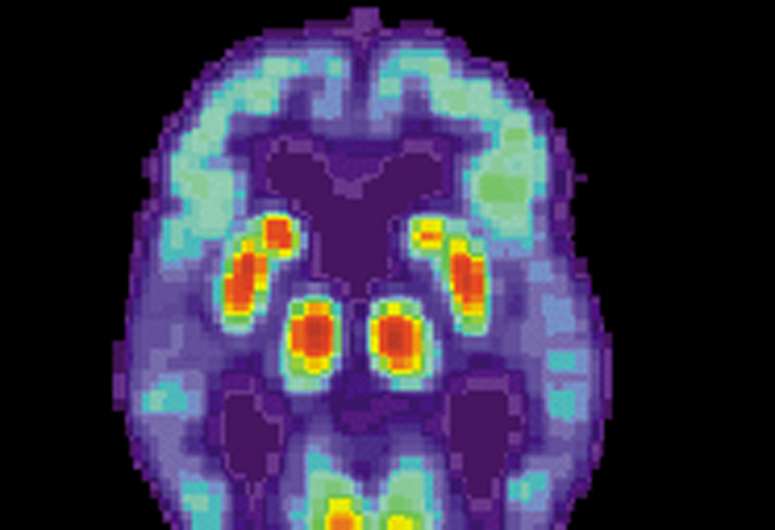Innovative Brain-Computer Interface Empowers Paralyzed Individuals to Personalize Touch Sensations

Scientists from the University of Pittsburgh School of Medicine have taken a significant step forward in restoring tactile sensation for individuals with paralysis. They are developing a cutting-edge brain-computer interface (BCI) that enables users to customize and perceive a sense of touch, making interactions with objects more intuitive and meaningful.
This pioneering research, conducted in collaboration with the University of Chicago and detailed in Nature Communications, allows users with tetraplegia to digitally explore objects and receive tailored tactile feedback. Unlike earlier attempts, where artificial sensations were often vague and generic, this new approach grants users control over the specific features of the electrical stimulation that produce different tactile feelings.
Participants described their sensations as akin to feeling the warmth of a purring cat, the smooth surface of a key, or the coolness of an apple. They reported customizing the stimulation parameters until the sensations resembled those naturally associated with different objects, creating a more realistic and personalized sense of touch.
This innovative method involved a trial-and-error process, where users explored different stimulation settings in a virtual environment, akin to playing a game of 'hot and cold.' Although correct identification of objects was achieved only 35% of the time—better than chance—the ability to distinguish between tactile sensations marked an encouraging advancement.
Lead author Ceci Verbaarschot emphasized that designing their own tactile sensations helps foster interactions that feel more natural and engaging, a crucial step toward developing effective neuroprosthetics. These advancements could eventually lead to prosthetic limbs and assistive devices that provide users with a seamless and intuitive sense of touch, dramatically improving quality of life for individuals with paralysis.
Since the last decade, Pitt scientists have helped paralyzed individuals experience touch through brain-controlled robotic arms and have demonstrated improvements in movement efficiency with artificial sensory feedback. This new study signifies progress toward creating a sensory experience that is rich, diverse, and individualized, transforming the landscape of neurotechnology and rehabilitation.
Source: MedicalXpress
Stay Updated with Mia's Feed
Get the latest health & wellness insights delivered straight to your inbox.
Related Articles
Socioeconomic Disparities Linked to New Cases of Hidradenitis Suppurativa
Studies reveal a strong link between neighborhood socioeconomic status and the risk of developing hidradenitis suppurativa, highlighting social factors in skin health disparities.
Fatty Liver During Pregnancy May Elevate Risk of Preterm Birth
Pregnant women with fatty liver disease face a significantly higher risk of preterm birth, highlighting the need for careful monitoring and management during pregnancy.
Understanding Pink Soap Scum in Your Bathroom: Causes and Health Risks
Pink or orange stains in your bathroom are often caused by mold or bacteria like Rhodotorula and Serratia marcescens. Learn about their health risks and ways to prevent their growth for a cleaner, safer bathroom.



